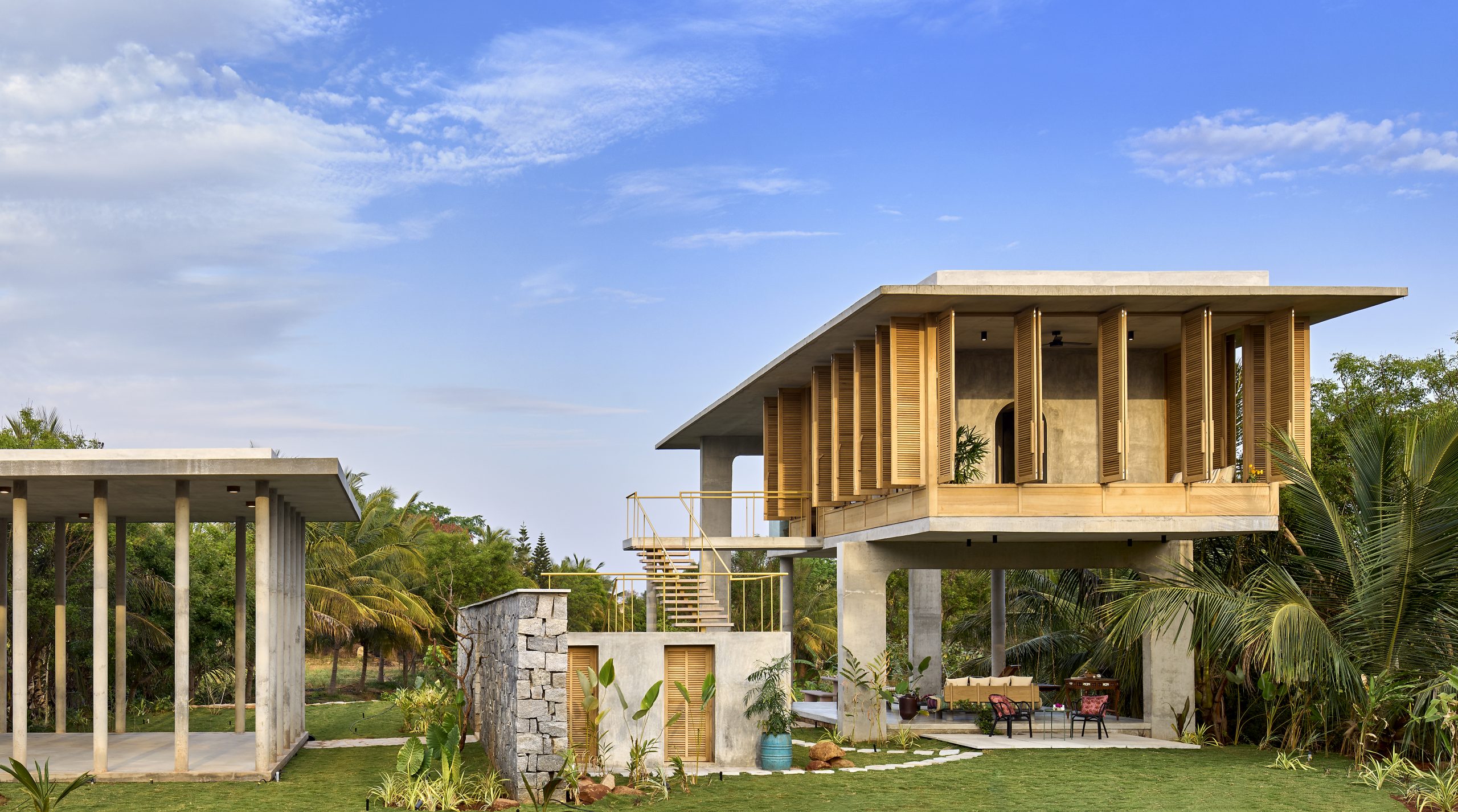Yearning for Contemplating Pauses
To the ear of contemporary personnel hustling with modern life at an ever-increasing rate, the propositions of taking contemplative pauses that yield intimacy and delight often seem unattainable. Resisting the temptation to get caught up in the frantic rush of everyday life doesn’t come naturally to any of us these days. But acknowledging the psychological distress that fast-paced lifestyles are posing on our physical and mental well-being has become crucial.
Back in the day, when people weren’t so blinded by the allure of modernity and took time to unwind themselves in the lap of nature and the arms of their loved ones, daily- routines did not turn exhaustive as quickly as they do now. With the electronic skein rapidly thickening its winds around us, there is a pressing need to identify the importance of hosting built environments that iterate a harmonious lifestyle.
Humanity’s Synergy with Nature
Throughout humanity’s life history, human evolution has been central to its synergy with nature. We as human beings are inextricably bound to the wellbeing of our environment. We thrive when our natural surroundings thrive. Since its prevalence, architecture has helped humans to devise this affiliation with its context through tangible curations.
But amid the prevalent technocratic paradigm, where we have resourcefully restructured all aspects of earthly life, it becomes an architect’s social responsibility to identify with the urge to express affinity towards nature that is pending an environmental disaster.
Seeking the well being of current and future generations within the limits of the natural world, architects are now trying to strike a balance between how short-term interests at the individual and organisational levels are at odds with the global systems and communities in the longer run.
Curating Conscious Design Behaviours
Today’s conscious design behaviour at the architect’s end can orchestrate responsible end-user behaviour for generations at the inhabitant’s end. Whereas end-use behaviour can determine what happens in a situation, design behaviour often determines the case itself. While the end-user is an office worker deciding whether to put on a sweater or turn up the air conditioning device, the architect decides whether to heat that office with renewable solar energy or with mechanical systems powered by fossil fuels.
An architectural design that does not contemplate its local and global repercussions and fails to adapt to the ever-evolving future dynamics becomes infeasible for subsequent generations. Individual comfort can only be endured if achieved collectively with a sustainable consciousness on a larger scale.
Design practices worldwide have started feeling accountable for devising socially equitable development that is respectful of nature now more than ever and has started resorting to new approaches towards more sustainable energy usage in buildings. While technological advances pose some challenges in creating contextually sound built forms, its progressive attributes in terms of modern innovations ease the desperation to rely on natural resources. Contemporary practices like opting for solar panels, incorporating automation systems or imbibing something as fundamentally classic as rainwater harvesting can contribute a fair share in taking care of our atmosphere.
Challenges in the Pursuit of Sustainability
The pursuit of sustainability never comes easy. It is a layered and interdependent network of judgments and decisions shaped by specific socioeconomic contexts and must consider both existing and preferred states of complex Anthropocene situations. Along with which architects also face challenges while narrating their environmental concerns to the clients who, on most days, are inspired by the fanciful ideas and foreign concepts for their dream adobes that might not sanction a contextually inclusive design intervention. Working on tight schedules and a decline in skilled labour further this dilemma on the creator’s side, when as a designer, all he aspires to create are meaningful and appropriate design solutions.
We as architects hustle with the situational impositions and invest all our will in crafting architectural volumes that strike equilibrium amidst the user, nature and the context. We identify with the moral sense of safeguarding the environment and composing poetic architectural vocabulary derived from human behaviours in response to its habitat.
Holistic Built Forms induce Calmness
Spaces rooted in the landscape and inspired by the local vernacular have been apparent in introducing a healthy living experience and motivating productivity in the work-life. Tethered to user experience and sustainability, these spatial identities offer a deeper resonance with harmonious life patterns by inducing a contextually inclusive built environment.
Conclusively, in today’s time when chronic modifications to the environment have registered a direct impact on our quality of life and health, holistically curated sustainable built forms willingly induce a sense of calmness among its inhibitors by offering them a contemplative pause they rightfully deserve amid the fast-paced lifestyles.

